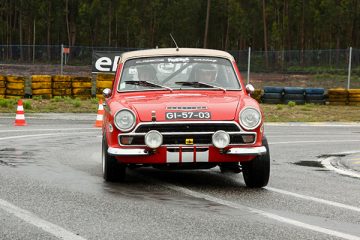How to choose where to buy and how to store collectible scale models

As a child, each of us probably loved to play cars. Many people do this in adulthood, only the game acquires the character of collecting. And if you have not yet become a professional collector of scale models, but your eyes are burning at the sight of a toy ambulance or a Ferrari, this material is for you.
Collecting scale models is an exciting, but rather expensive hobby: a hundred “toy” cars on your shelf can cost like a real new car. A collection assembled wisely only gets more expensive over time, which means that scale models are not only a joy for their owner, but also a good investment.
From toys to high-precision copies
In the 2000s, metal models (professional collectors call them the term diecast cars, meaning injection moulding) reached the peak of their development. Some manufacturers have learned to make models with incredible accuracy with a lot of opening elements. At the same time, almost all the production of cars moved to China, and since then, scale models, regardless of their price and the historical origin of the manufacturer, are the work of Chinese girls with sharp eyes and dexterous hands.

Resin and metal
Also, at the turn of the century, a new direction took shape in the world of scale models – cars made of epoxy resin. This material made it possible to achieve an even more accurate correspondence of scale models to their full-size prototypes, but at the same time it is not recommended to take out resin models from the box.
Models made using die cast technology are almost always cheaper than resin analogues, but not always worse. Metal models are a priori stronger, heavier and for the most part have a detailed bottom, whereas many manufacturers of resin machines make the bottoms flat, without any hint of suspension elements and exhaust system.
If resin models upset collectors with shrinkage and falling off parts, then another disaster may happen to die cast models – the zinc plague: due to a violation of the manufacturing technology, the alloy collapses over time. Fortunately, this defect is rare in models of popular manufacturers. The main signs of zinc plague are swellings and cracks on the paintwork of the body.

Where to buy
It would seem that the answer is obvious – on the Internet. Indeed, some models can only be found online, and there is no way to see the product live before buying. However, many collectors, especially in Europe, prefer offline stores the old-fashioned way, where you can come and spend hours choosing a model worthy of purchase: look at the product with a magnifying glass, look for a copy without defects.








No Comment